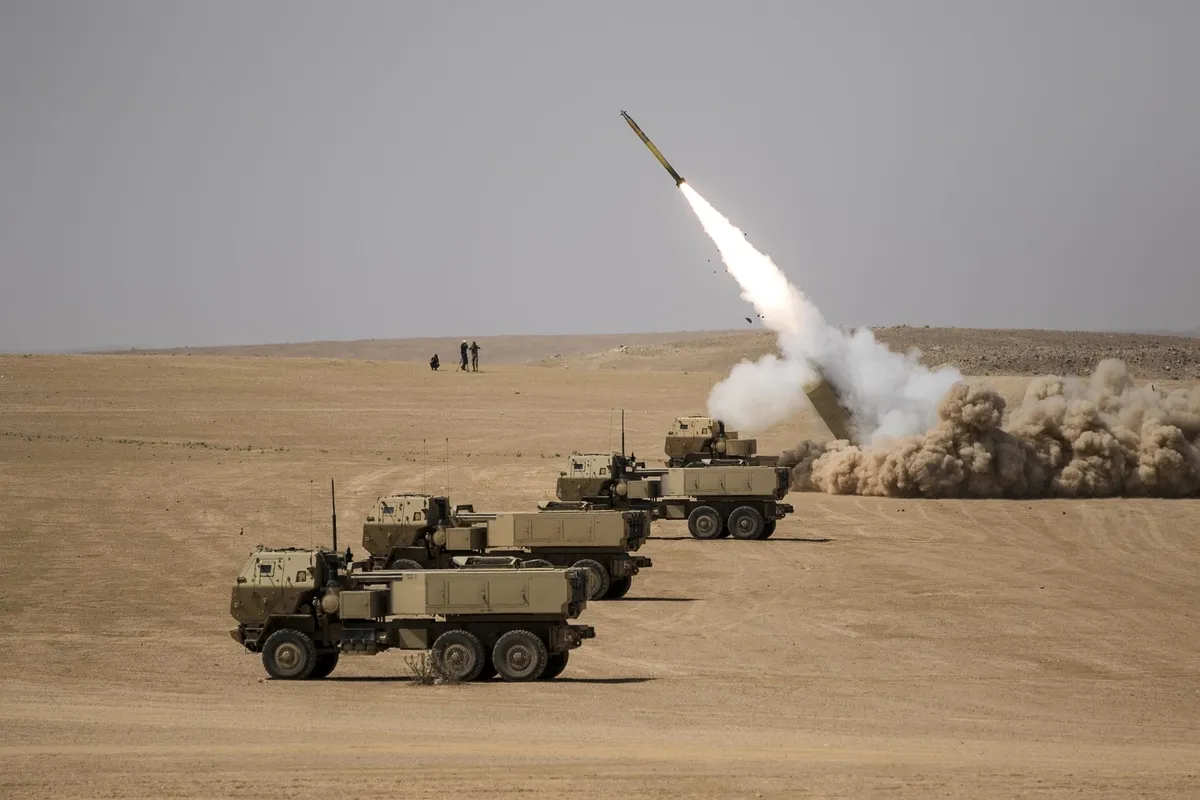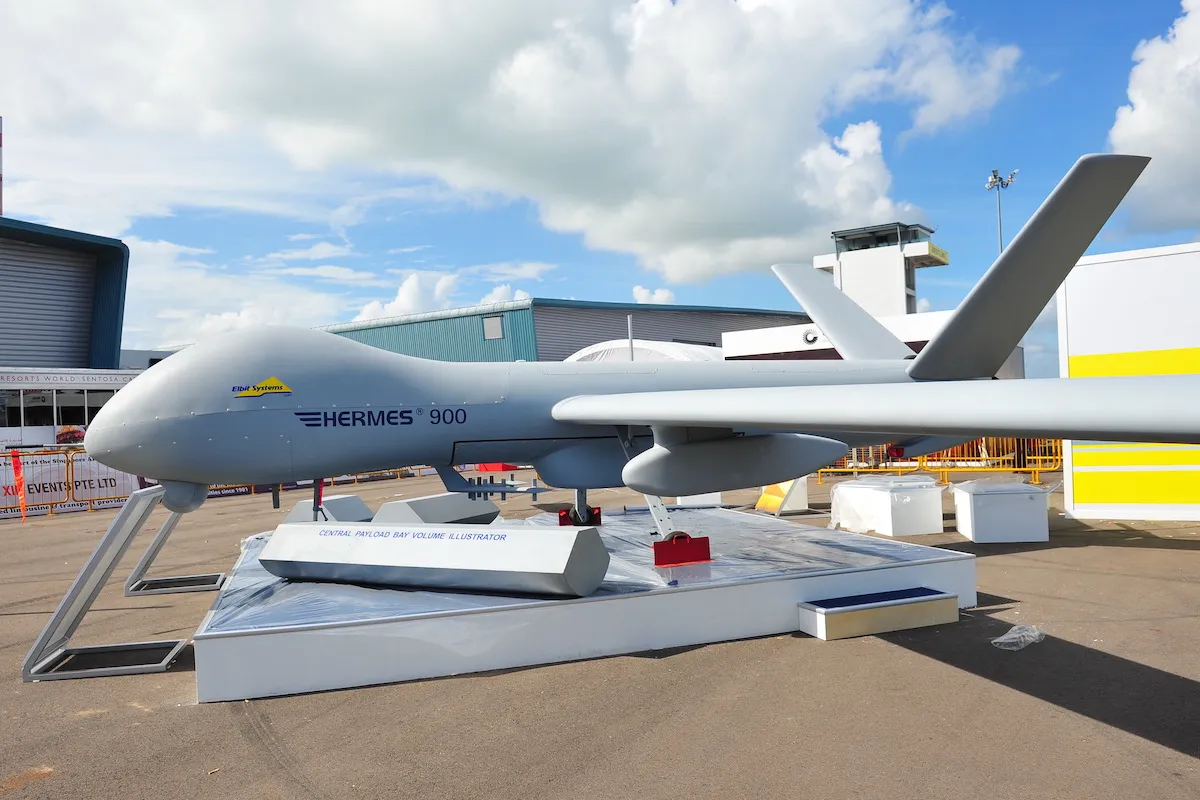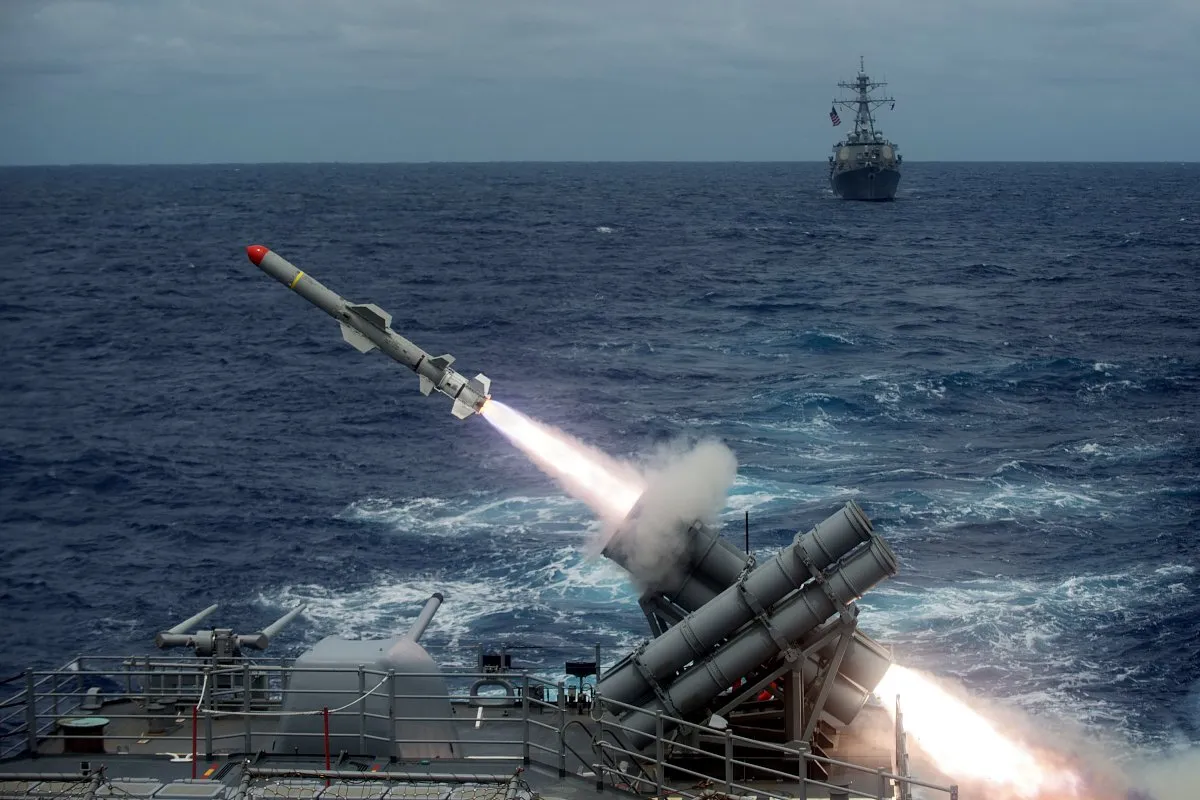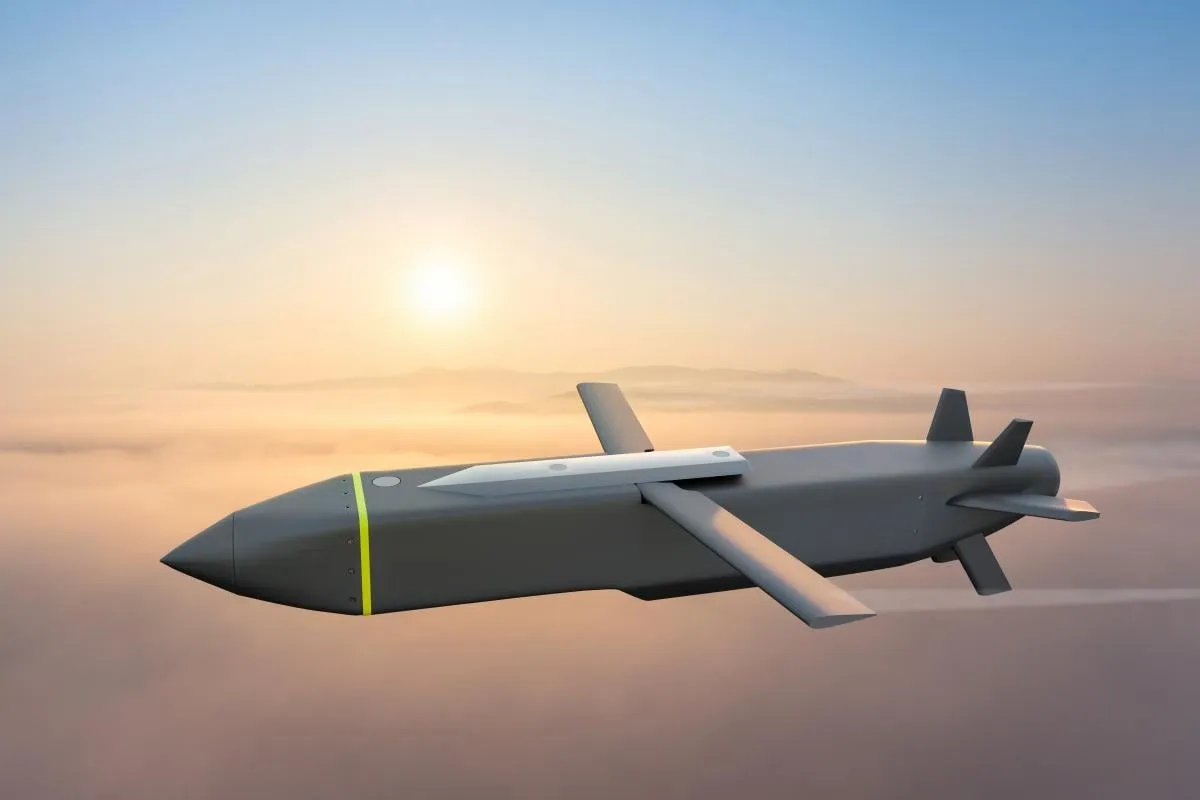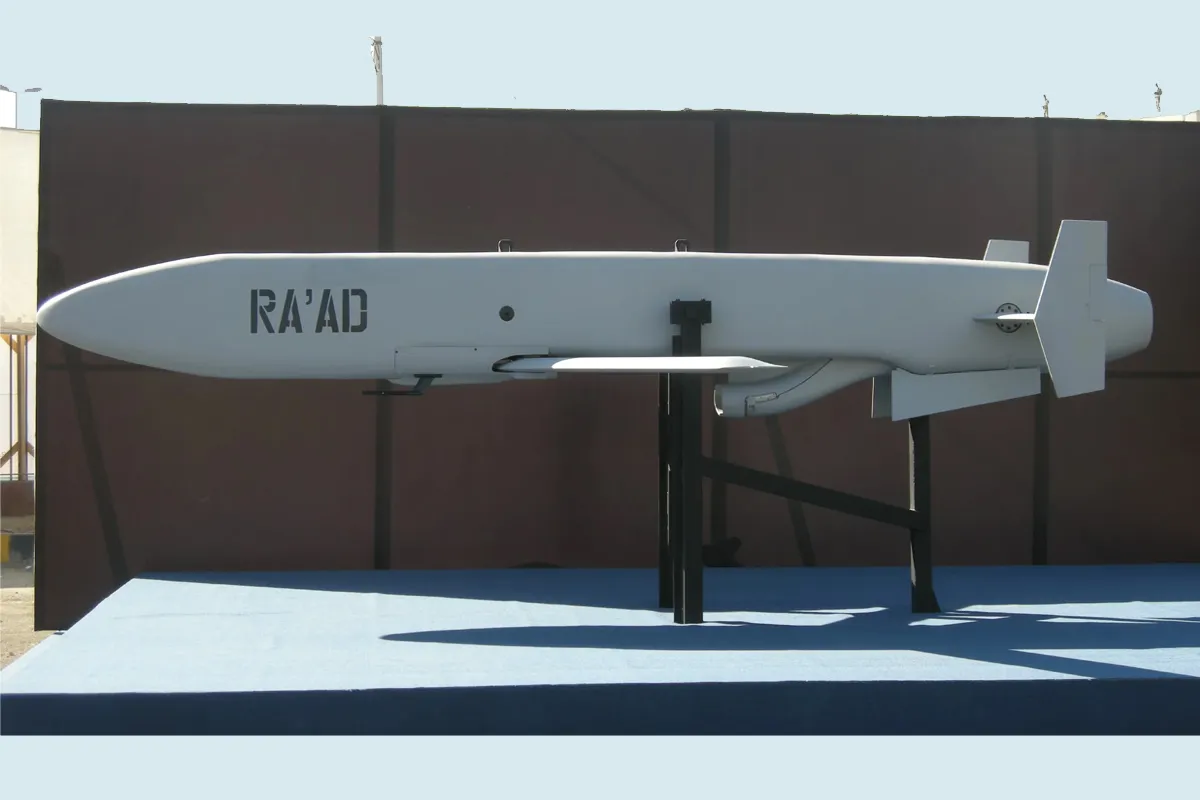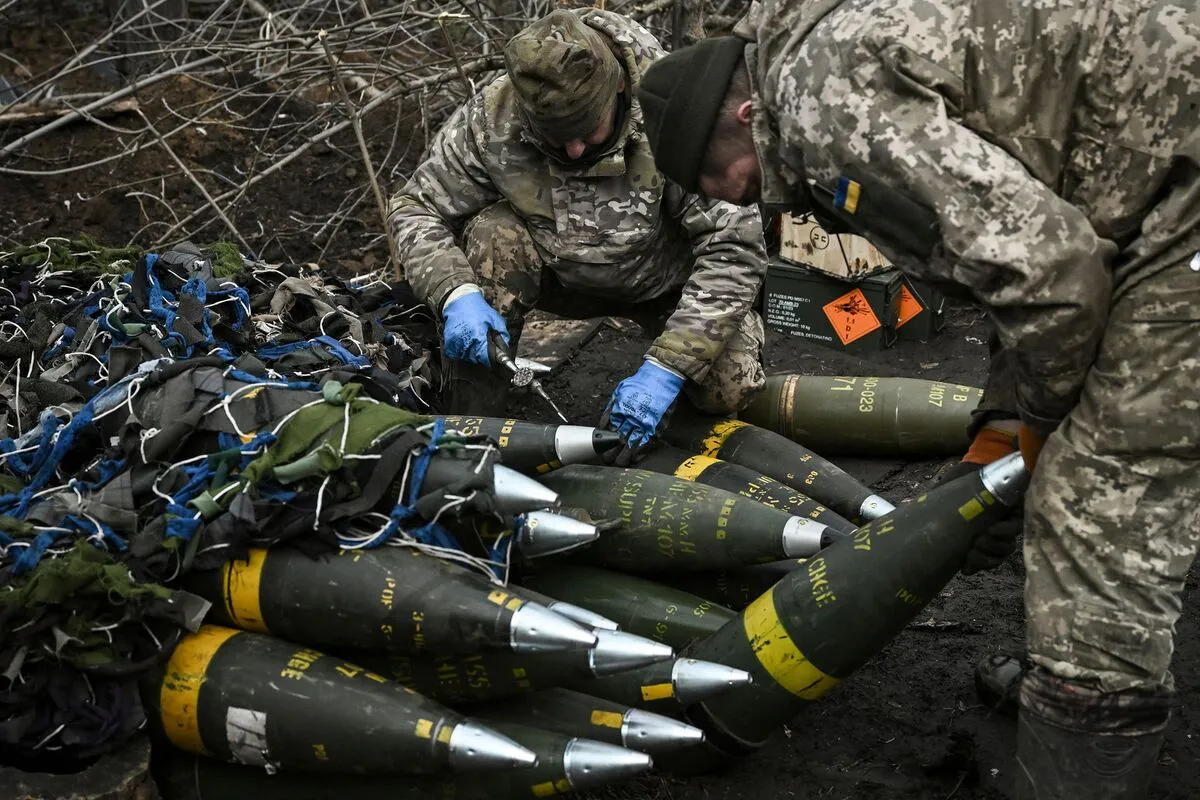
Cluster Munitions – Controversy, Capability, and Changing Policies
Cluster munitions are a class of explosive weapons that release smaller submunitions over a wide area, designed to target dispersed enemy forces, armored vehicles, and infrastructure. While they offer significant tactical advantages on the battlefield by saturating large zones with explosive force, their use has become highly controversial due to the potential for unexploded bomblets to harm civilians long after conflict ends. Originally developed during World War II and widely used throughout the 20th century, cluster munitions are now subject

